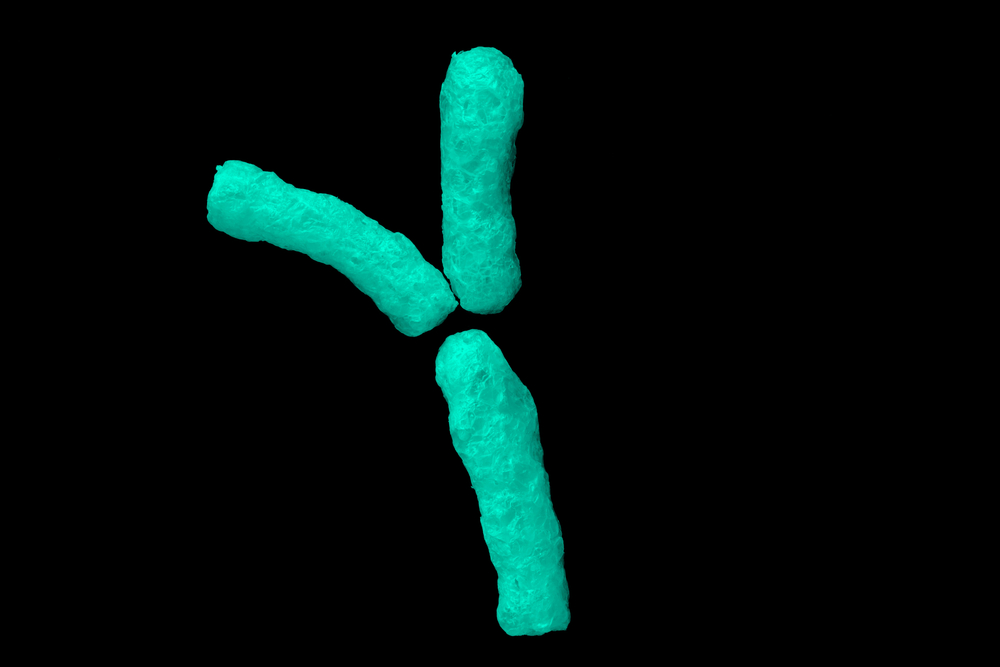 People who have longer telomeres, a compound structure at the end of a chromosome, have higher risk of suffering from melanoma, according to the study “The effect on melanoma risk of genes previously associated with telomere length,” conducted at the University of Leeds, UK, in collaboration with The Melanoma Genetics Consortium, GenoMEL, an international research consortium, and recently published in the Journal of the National Cancer Institute.
People who have longer telomeres, a compound structure at the end of a chromosome, have higher risk of suffering from melanoma, according to the study “The effect on melanoma risk of genes previously associated with telomere length,” conducted at the University of Leeds, UK, in collaboration with The Melanoma Genetics Consortium, GenoMEL, an international research consortium, and recently published in the Journal of the National Cancer Institute.
The researchers, led by Mark Iles, PhD, from the School of Medicine at the University of Leeds, were able to demonstrate that telomeres work in the genome as plastic caps that prevent fraying and protect the ends of chromosomes from suffering environmental damage, such as smoke or sunlight. “For the first time, we have established that the genes controlling the length of these telomeres play a part in the risk of developing melanoma,” the researcher explained in a Leeds University press release.
“Telomere length plays a key role in survival of cells and shorter telomere lengths are associated with aging and cardiovascular disease along with many cancers,” added the co-author of the study Christopher Amos, PhD, the associate cancer center director for population sciences and interim deputy director at the Dartmouth-Hitchcock Norris Cotton Cancer Center, in Lebanon, NH.
The study included 11,108 people suffering from melanoma, as well as 13,933 control cases from Europe, Israel, United States, and Australia. The researchers examined seven known or suspected genetic variations, also known as SNPS, in a genome wide associate study (GWAS) and discovered a strong relationship between telomere length and a higher risk of developing melanoma.
In addition, the scientists developed a score expressing genetically-determined telomere length, using established telomere associated genes. They concluded that the score is proportional to the risk and that longer telomeres increase the risk of melanoma in 30 percent of cases, compared to patients who have the shortest telomeres.
“This research is important because it suggests that abnormal cell life span could play a key role in the development of melanomas and that agents targeting cell proliferation could be valuable for reducing melanoma growth,” Dr. Amos explained. Although this is the largest study conducted to understand the genetic basis of telomere length in melanoma, the connection between the two parameters has yet to be explained.
“More research is needed to better understand the relationship between melanoma and telomeres, but learning more about how an individual’s genetic telomere profile influences their risk developing melanoma may help us. It will improve our understanding of melanoma biology and gives us a target towards developing potential treatments as well as potentially helping shape advice on what behavioral changes people might make,” concluded Dr. Iles.


